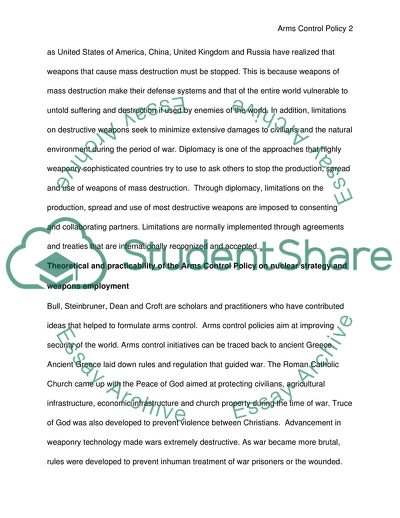Cite this document
(The USA Science and Technology Arms Control Policy Case Study, n.d.)
The USA Science and Technology Arms Control Policy Case Study. https://studentshare.org/politics/1744621-policy-critique
The USA Science and Technology Arms Control Policy Case Study. https://studentshare.org/politics/1744621-policy-critique
(The USA Science and Technology Arms Control Policy Case Study)
The USA Science and Technology Arms Control Policy Case Study. https://studentshare.org/politics/1744621-policy-critique.
The USA Science and Technology Arms Control Policy Case Study. https://studentshare.org/politics/1744621-policy-critique.
“The USA Science and Technology Arms Control Policy Case Study”. https://studentshare.org/politics/1744621-policy-critique.


